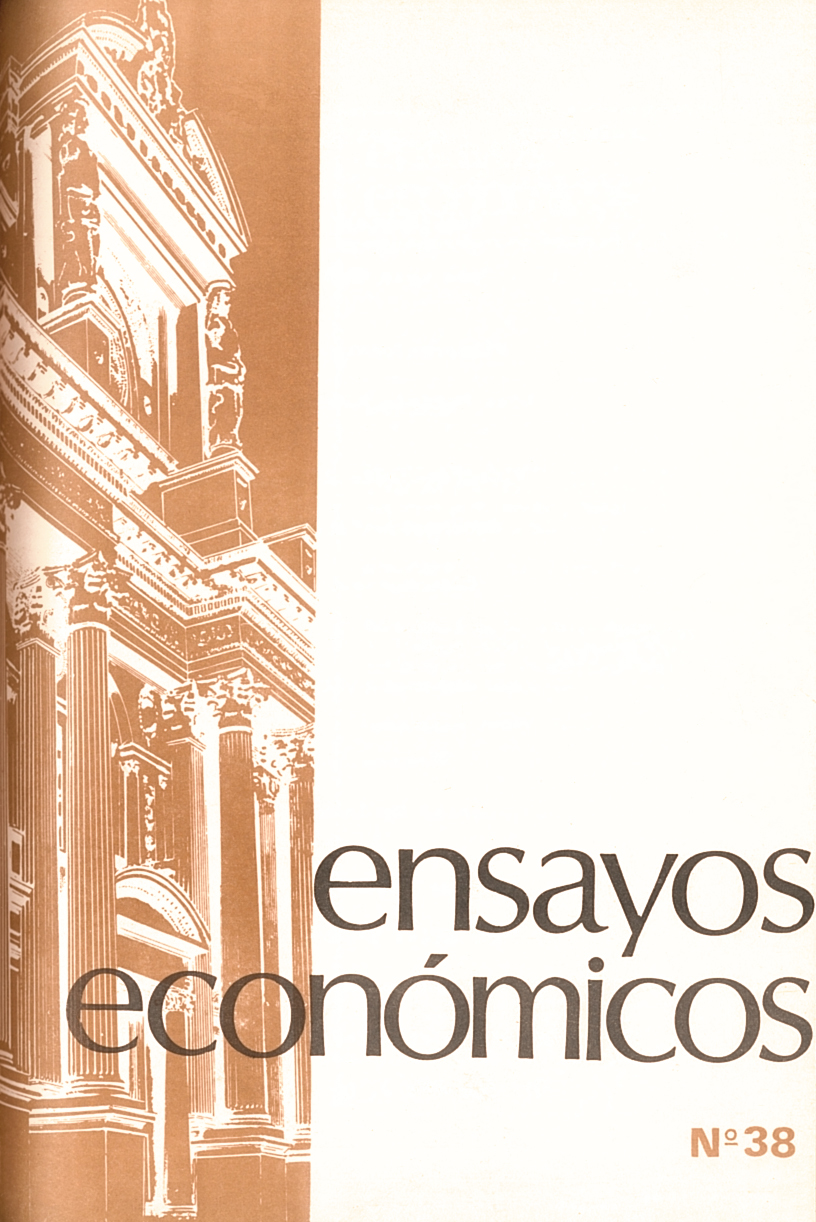Influence of price stabilization on tax collection
Keywords:
Fiscal Deficit, Inflation, Stabilization Plan, Tanzi-Olivera Effect, Tax CollectionAbstract
After repeated and failed attempts to control the consolidated deficit of the public sector in Argentina, a substantial reduction is evident from the implementation of the Austral Plan. How is it possible that the deficit was effectively reduced by 10% of GDP between the first and second half of 1985? The measures implemented to contain expenses and increase income are not sufficient to explain this result. It is necessary to complement the analysis with the effects of the same price stabilization achieved. On the one hand, the fall in the inflation rate produces an automatic increase in tax collection, due to the existence of fiscal lags. Olivera was the one who, modernly, called attention to the importance of said lags, noting that it leads to the fiscal deficit being partly endogenously determined by the inflation rate. On the other hand, price stabilization was accompanied by a decrease in nominal interest rates. As domestic debt services were reduced, there was a sharp reduction in the quasi-fiscal deficit. Lopes (1986) estimates that the elimination of the monetary correction component implies approximately 4% of GDP less in the operating deficit of the Central Bank, between the first and second half of 1985. The objective of the present article is to evaluate the influence that the reduction in the inflation rate, achieved through the stabilization plan, had on tax collection, due to the reduction in losses derived from fiscal lags.
JEL classification: E31 ; E63 ; H20 ; H62




